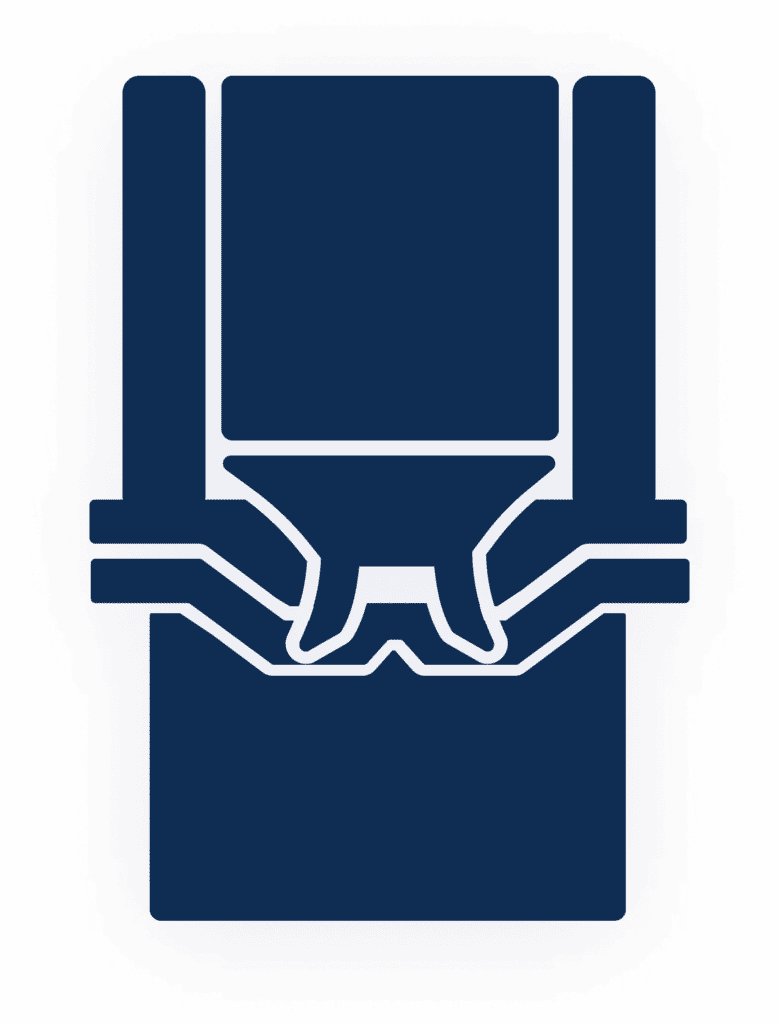Multi-Material And Joining
Combining materials for automotive excellence
Martinrea provides highly-engineered systems and assemblies that may contain multiple unlike materials. This includes combining different types of steel and/or aluminum using complex joining techniques, a capability in which Martinrea is a market leader. Multi-material joining can help reduce the weight of a vehicle, provide cost savings, improve performance, increase design freedom and flexibility, and can result in a more sustainable product. We accomplish these feats by utilizing a multitude of joining techniques.

Flow Form Screwing
This self-piercing and extruding fastener joins materials as it acts as both a fastener and drilling tool. With trends moving towards reducing metal thickness, joints are required to be stronger and this solution can help meet this need with additional manufacturing advantages.

Clinching
Several sheets of metal are joined together by creating a mechanical interlock between the sheets, with a series of overlapping “clinches.” This creates a bond and does not require the use of excess material or heat.

Laser Welding
This technique utilizes a highly focused and intense beam of light to melt the surfaces of two metal parts, causing them to fuse together. This allows for precise and clean welds, with minimal distortion. It is especially useful for welding hard-to-reach areas and has the capability to be automated.

Self Piercing Rivets (SPR)
Self-piercing rivets (SPR) are a type of fastener that are used to join two or more pieces of sheet metal together. They work by creating a permanent mechanical connection between the parts, without the need for drilling or punching holes beforehand.

Bonding / Adhesives
Adhesives are applied to the surfaces of materials to be joined. It is then cured, either by heat, pressure, or a chemical reaction. Adhesives can be used to join dissimilar materials, such as metal and plastic, that can be difficult to join using traditional methods.

Friction Element Welding
Friction Element Welding (FEW) is a process that welds sheets of material onto each other using frictional heat and results in a closure joint. With this method, no hole punching is necessary, and the welding cycles are relatively short.

MIG Brazing
MIG Brazing uses a lower temperature of heat compared to MIG Welding and is used to decrease the loss of corrosion protection that can come from high-heat welding methods. Other advantages include less potential for panel warping, less welding spatter, and enhanced sealing along the joint.